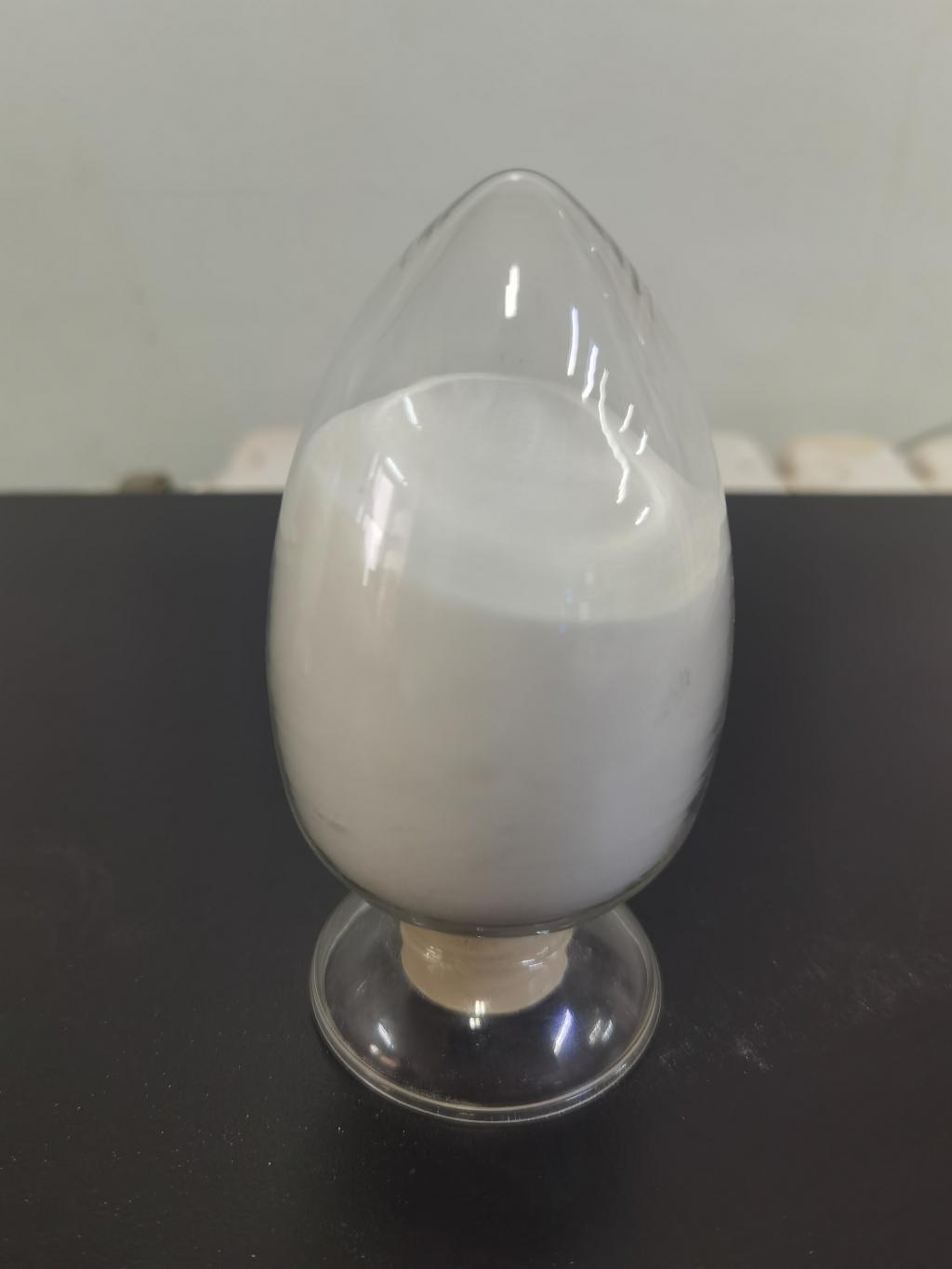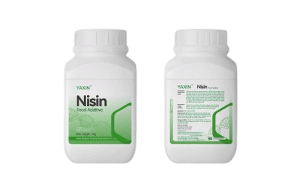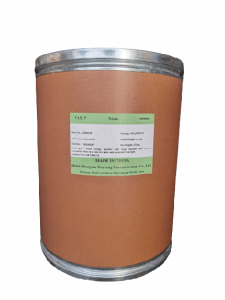Tel:+8618231198596

News
 CONTACT
CONTACT
 CONTACT
CONTACT
- Linkman:Linda Yao
- Tel: +8618231198596
- Email:linda.yao@dcpharma.cn
- Linkman:CHARLES.WANG
- Department:Overseas
- Tel: 0086 0311-85537378 0086 0311-85539701
News
Current Position:
Home >
News
>The role of ε-Polylysine hydrochloride in enhancing the safety of seafood products.
The role of ε-Polylysine hydrochloride in enhancing the safety of seafood products.
TIME:2024-09-18
The Challenge of Seafood Safety
Seafood products, particularly raw or minimally processed varieties, are susceptible to microbial contamination. Pathogens such as Vibrio parahaemolyticus, Salmonella, and Listeria monocytogenes can thrive in seafood, posing significant health risks to consumers. Additionally, seafood is often subject to spoilage caused by naturally occurring bacteria, which can lead to off-flavors and odors, reducing the product's marketability and consumer acceptability.
How ε-PLH Enhances Seafood Safety
Antimicrobial Activity
ε-PLH exhibits potent antimicrobial activity against a wide range of bacteria, including those commonly associated with seafood contamination. Its mechanism of action involves disrupting the cell membranes of pathogenic microorganisms, leading to their inactivation. This property makes ε-PLH an effective preservative for seafood products, helping to reduce the risk of foodborne illnesses.
Extending Shelf Life
By inhibiting the growth of spoilage bacteria, ε-PLH can significantly extend the shelf life of seafood products. This is particularly important for fresh and frozen seafood, which often have limited storage times before quality begins to deteriorate. Longer shelf lives translate to reduced food waste and increased distribution flexibility, allowing seafood to reach markets farther away from harvesting locations.
Natural Origin and Consumer Acceptance
Consumer preferences are shifting towards products with natural and clean-label ingredients. ε-PLH, being derived from natural fermentation processes, aligns with this trend. Its use in seafood can appeal to health-conscious consumers who prefer minimally processed foods without synthetic preservatives.
Applications in Seafood Processing
Preservation of Ready-to-Eat Products
Ready-to-eat seafood products, such as smoked salmon or canned tuna, can benefit greatly from the inclusion of ε-PLH. These products are often consumed without further cooking, making the elimination of pathogens and spoilage bacteria crucial for safety.
Preservation of Fresh Seafood
Fresh seafood, such as fish fillets and shellfish, can be treated with ε-PLH to maintain freshness and quality over extended periods. This is particularly useful for products sold in markets where refrigeration might be inconsistent.
Combination with Other Preservatives
For maximum effectiveness, ε-PLH can be combined with other preservatives or packaging technologies. For example, the use of ε-PLH in conjunction with modified atmosphere packaging (MAP) can create a synergistic effect, enhancing the overall preservation of seafood products.
Challenges and Considerations
While the benefits of ε-PLH are clear, there are also considerations to address:
Optimal Concentration: Determining the right concentration of ε-PLH for different seafood products is crucial to ensure efficacy without affecting sensory qualities.
Storage Conditions: Ensuring that seafood products containing ε-PLH are stored under appropriate conditions to maintain the preservative's stability and activity.
Consumer Education: Educating consumers about the benefits of ε-PLH and its role in enhancing food safety can foster greater acceptance and trust in products utilizing this preservative.
Conclusion
The incorporation of ε-Polylysine hydrochloride into seafood products represents a promising approach to enhancing safety and extending shelf life. Its natural origin, broad antimicrobial spectrum, and compatibility with consumer preferences for clean-label products make it a valuable tool in the arsenal of food safety measures. As research continues to optimize the use of ε-PLH in various seafood applications, it is anticipated that this preservative will play an increasingly important role in safeguarding the quality and safety of seafood products, contributing to healthier and more sustainable food systems worldwide.
- Tel:+8618231198596
- Whatsapp:18231198596
- Chat With Skype







